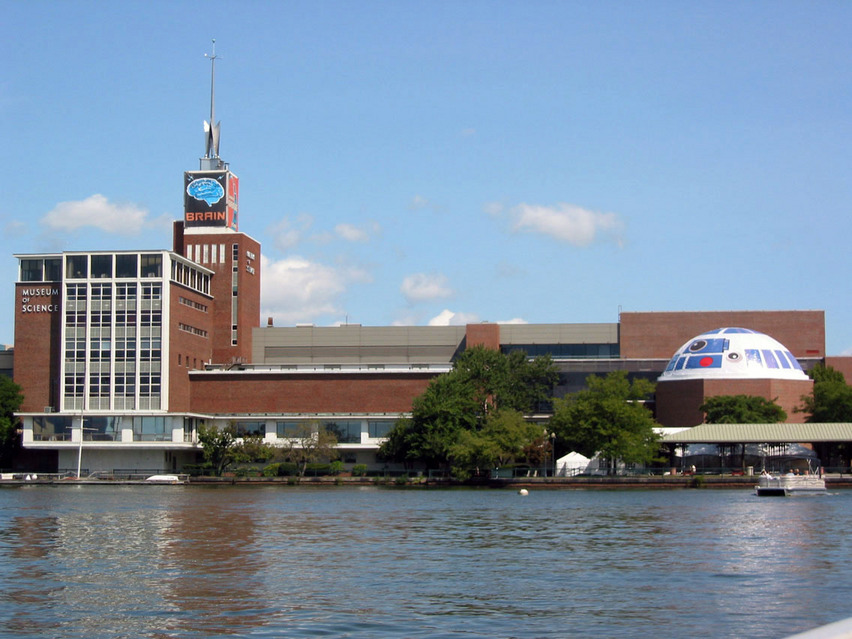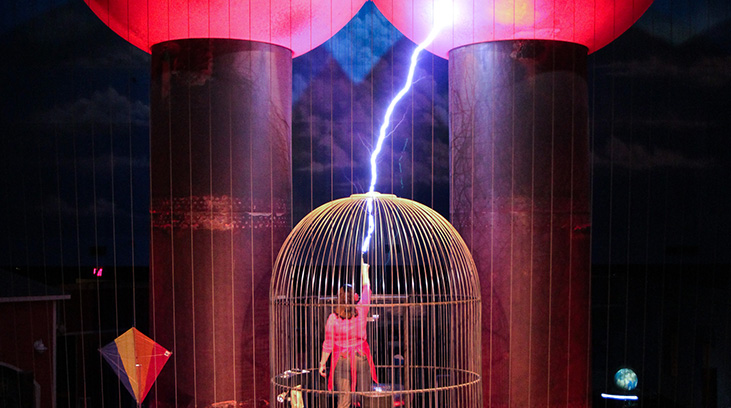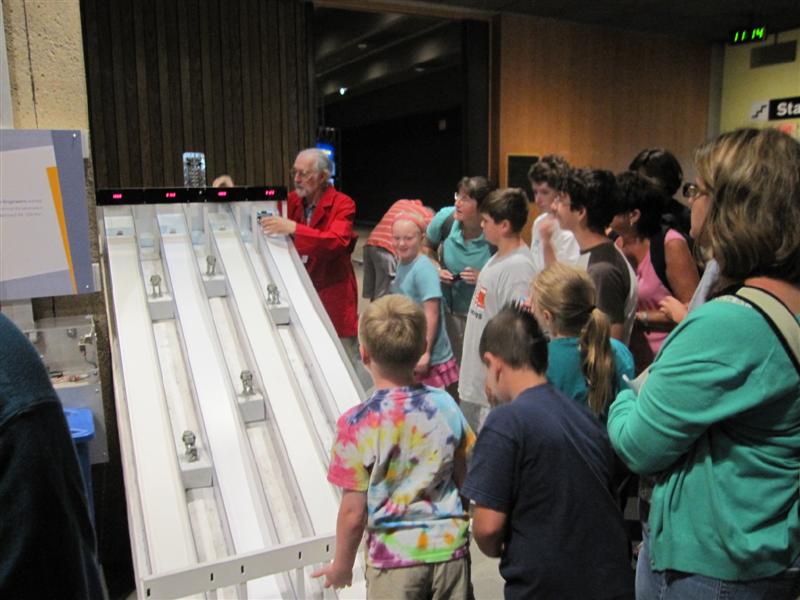Boston Museum of Science: World’s Largest Van de Graff Generator

Photo Credit: Museum of Science, Boston
Hooray for spring! This winter has not been especially kind, especially to Boston, which suffered a lot more snowfall than normal. But, as we found out on our trip this past summer, Boston has several indoor attractions which offer a fun day out of the house. One of them even has a “world’s largest!”
Where we went, and who was coerced into going:
Boston’s Museum of Science was high on our priority list, because it houses the world’s largest Van deGraff generator.
WHY did you go there, exactly?
Of course, none of us knew why we should be excited about an electric generator, or anything about a Van de Graff generator in particular, but frankly, my search for “world’s largests” in Boston wasn’t very fruitful. (Although the Mapparium, a gigantic walk-through globe, was really cool!)
So in this case, we somewhat hesitantly planned to visit a generator, solely “for the love of the blog.”
Are we glad we did!
Okay, what was so cool about it?
You can see the generator at any time during your visit to the Science Center, but you’ll want to schedule the “Lightning” show in the Theater of Electricity into your day for a demonstration. During the 15-minute program, a staff member will explain its background and purpose, as well as how and why it works to generate currents. The added bonus is the sneaky lesson on electricity, and the PSA on how to avoid being struck by lightning.

Sparks fly between the generator’s two 22-foot columns.
When the generator is fired up, you have front-row seating to a lightning show. And, by the way, lightning is LOUD. Bright blue flashes of light shoot from one sphere to the other with staccato pop/whip sounds. At first, The Girl slapped her hands over her ears and cowered. But she came around quick; it was too exciting to miss any of it.
Invented by Robert Jemison Van de Graff, this generator was constructed in 1931. The design is basically two 15-foot aluminum spheres atop two 22-foot columns. It was an atom crusher. How it works is relatively simple to understand: a negative charge travels up one of the columns at 45 mph on a rubber conveyor belt. When it gets to the top, it looks for the closest metal to connect with – the other sphere – and travels through the air to reach it.
As part of the show, the presenter stood inside a metal cage, which was elevated near the sphere. The lightning struck the cage, but she was untouched. She explained the cage acted as an electromagnetic “skin,” grounding the charge and protecting anything inside it. The same effect takes place any time lightning strikes an airplane or car. It’s not the rubber tires, as I had always assumed.

Inside the cage, and untouched. Photo © Nicolaus Czarnecki
After the show, we spent a few additional hours at the museum, and still didn’t get to see everything. There are three floors of exhibits at this museum, and plenty of intriguing exhibits for all ages.

Making and running “Echo Base Bobsleds” in the Innovative Engineers exhibit
For kids 8 and under, the Discovery Zone is a two floor space of hands-on experiment-type exhibits focusing on animals and basic science principals.

Examining fossils in the Discovery Zone
How it rated on a scale of 1 to 10 (1 = snoozefest, 10 = add to your bucket list): [rating=8]
A great facility, and an exciting lightning show. The effects may be too intense for really young children, however.
Hey YOU! Go BIG!
Boston Museum of Science, 1 Science Park, Boston, MA
617-723-2500










I don’t care what’s supposed to happen, there is absolutely no way you could get me inside that cage. In fact, I may never fly or drive in a storm again if those rubber tires aren’t protecting me anymore…
Those rubber tires were never protecting you in the first place! Don’t be such a dud! If they hadn’t written this blog you would never have known otherwise. :0) Still, when the children are bigger and not afraid of things like that we’ll have to go check it out when touring the Boston area!
It was an informative post will surely visit this museum on my next visit to Boston.
Wow, that’s very exciting! Thanks for sharing this information. 🙂
I thought it was the rubber tyres too….how ignorant ! The lightning show sounds very cool indeed.
Great post. having lived in Massachuseets for years, the Museum of Science is a definite must-see when visiting Boston. A great way to kill a few hours on a chilly or rainy day.
This facility reminds me a lot of our OMSI facility in Portland Oregon. It has some of the same type of displays. What I love so much about these places for the kids and adults is that they are hands on. The kids can actually do experiments and have a better understanding of how it all works. Ours has a holographic planet earth that you can watch and learn so much about the climates and weather we are experiencing. Great post for families to review this Museum of Science before going.
Hi.. i’m actually researching on Boston.. . can you pls tell me how to go to this museum? thanks very much!